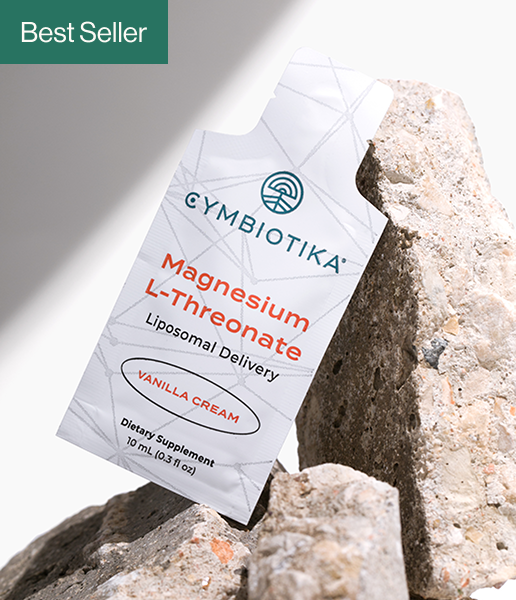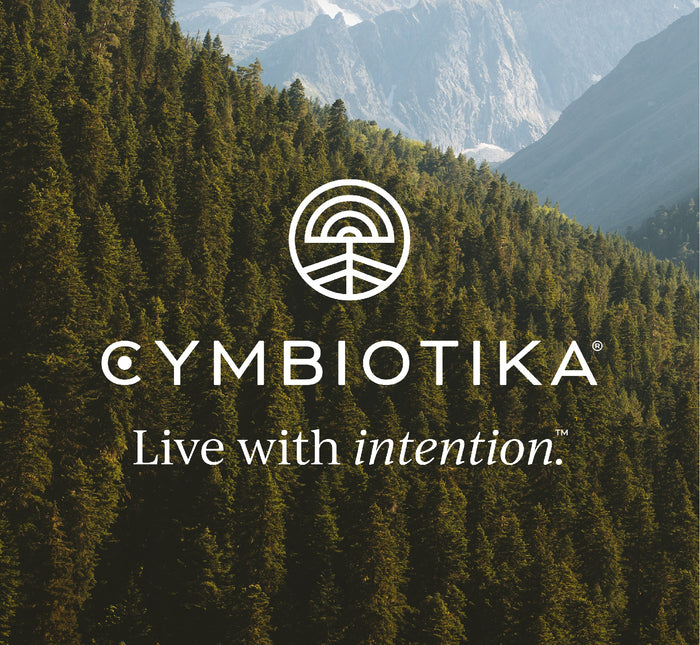
ORGANIC ELDERBERRY JUICE EXTRACT
Sambucus nigra L.
“Elderberry plant (Sambucus nigra) is a good source of protein, free and conjugated forms of amino acids, unsaturated fatty acids, fibre fractions, vitamins, antioxidants and minerals. Analysis of elderberries showed that it contains high biological activity components, primarily polyphenols, mostly anthocyanins, flavonols, phenolic acids and proanthocyanidins, as well as terpenes and lectins. In folk medicine, elderberry has been used in the treatment of many diseases and ailments. Elderberry has medicinal properties associated with the presence of polyphenols, which are compounds with potential antioxidant properties. They can greatly affect the course of disease processes by counteracting oxidative stress, exerting beneficial effects on blood pressure, glycaemia reduction, immune system stimulation, antitumor potential, increase in the activity of antioxidant enzymes in the blood plasma, including also glutathione, and the reduction of uric acid levels.” (8)
“Elderberry is rich in nutrients, such as carbohydrates, proteins, fats, fatty acids, organic acids, minerals, vitamins and essential oils.Polyphenols, known for their free radical scavenging (antioxidant) activity, are the most important group of bioactive compounds present in elderberry in relatively high concentration. The high antioxidant activity of elderberry fruit and flowers is associated with their therapeutic properties. Elderberry has for a long time been used in folk medicine as a diaphoretic, antipyretic and diuretic agent. In recent years it was also found to have antibacterial, antiviral antidepressant and antitumour and hypoglycemic properties, and to reduce body fat and lipid concentration.”(5)
Elderberry bioactive compounds provide therapy for a number of diseases. Elderberry medicinal properties are associated with counteracting oxidative stress, and helps to prevent incidence of cardiovascular diseases and diabetes. (8)
“Elderberry has traditionally been used for treating influenza and colds. We evaluated the antiviral effect of concentrated juice of elderberry (CJ-E) on the human influenza A virus (IFV). CJ-E had a relatively strong effect on IFV-infected mice. Oral administration of the high-molecular-weight fractions of CJ-E to IFV-infected mice suppressed viral replication in the bronchoalveolar lavage fluids (BALFs), and increased the level of the IFV-specific neutralizing antibody in the serum. Fr. II from high-molecular-weight fraction HM, which contained acidic polysaccharides, showed relatively strong defense against IFV infection. We conclude that CJ-E had a beneficial effect by stimulating immune response and preventing viral infection.” (1)
Biologically active peptides play a role in plant signaling and defense. Elderberry juice is known to contain a variety of anthocyanin compounds, a sub-set of polyphenols, which are responsible for the deep purple color of the juice.(2)
Polyphenols are secondary metabolites involved in a myriad of critical processes in plants. Over recent decades, special attention has been paid to the anti-oxidative role of fruit-derived polyphenols in the human diet, with evidence supporting the contribution of polyphenols in the prevention of numerous non-communicable disease outcomes. However, due to the low concentration in biological fluids in vivo, the antioxidant properties of polyphenols seem to be related to an enhanced endogenous antioxidant capacity induced via signaling through the nuclear respiratory factor 2 pathway.
Polyphenols also seem to possess anti-inflammatory and antioxidant properties and have been shown to enhance vascular function via nitric oxide mediated mechanisms. Consequently, there is rationale to support fruit-derived polyphenol supplementation to enhance exercise performance, possibly via improved muscle perfusion.For example, research has yet to link the health-related benefits of black elderberry (Sambucus nigra L.) ingestion to exercise performance in spite of the purported health benefits associated with black elderberry provision in vitro and in vivo models, which has been attributed to their high antioxidant capacity and polyphenol content. This review summarizes the existing evidence supporting a beneficial effect of fruit-derived polyphenols on various biological processes and outlines the potential for black elderberry ingestion to improve nitric oxide production, exercise performance, and the associated physiological responses before-, during- and post-exercise.”(3)
“A standardized elderberry extract, Sambucol (SAM), reduced hemagglutination and inhibited replication of human influenza viruses. A placebo-controlled, double blind study was carried out on a group of individuals living in an agricultural community (kibbutz) during an outbreak of influenza B/Panama in 1993. Fever, feeling of improvement, and complete cure were recorded during 6 days. Sera obtained in the acute and convalescent phases were tested for the presence of antibodies to influenza A, B, respiratory syncytial, and adenoviruses. Convalescent phase serologies showed higher mean and mean geometric hemagglutination inhibition (HI) titers to influenza B in the group treated with SAM than in the control group. A significant improvement of the symptoms, including fever, was seen in 93.3% of the cases in the SAM-treated group within 2 days, whereas in the control group 91.7% of the patients showed an improvement within 6 days (p < 0.001). A complete cure was achieved within 2 to 3 days in nearly 90% of the SAM-treated group and within at least 6 days in the placebo group (p < 0.001). No satisfactory medication to cure influenza type A and B is available. Considering the efficacy of the extract in vitro on all strains of influenza virus tested, the clinical results, its low cost, and absence of side-effects, this preparation could offer a possibility for safe treatment for influenza A and B.”(7)
Elderberry has components with high biological activity, primarily polyphenols, such as flavonols, phenolic acids, proanthocyanidins and anthocyanins, which give the fruit its characteristic black-purple colour (Anton et al., 2013). Elderberry anthocyanins are cyanidin derivatives, with other anthocyanins present in trace amounts. (8) Elderberry is also a good source of flavonols and phenolic acids. The predominant flavonols were quercetin, kaempferol and isorhamnetin. Flavonols derived from elderberry occur as glycosides of rutin and glucose; moreover, acylated quercetins were also present (Christensen, Kaack, & Fretté, 2008). Polyphenolic compounds are present in the leaves, fruits and flowers. The flowers of elderberry contained tenfold more flavonols (214.25 mg/100 g) than fruits (20.18 mg/100 g) and several times more than the leaves (17.01 mg/100 g) (Dawidowicz, Wianowska, & Baraniak, 2006). Elderberry flowers and fruits, apart from flavonols, contain large amounts of phenolic acids. Christensen et al. (2008)
Elderberries are:
High in vitamin C: There are 6–35 mg of vitamin C per 100 grams of fruit, which accounts for up to 60% of the recommended daily intake (8).
High in dietary fiber: Elderberries contain 7 grams of fiber per 100 grams of fresh berries, which is over one-quarter of the recommended daily intake (8).
A good source of phenolic acids: These compounds are powerful antioxidants that can help reduce damage from oxidative stress in the body (8, 9).
A good source of flavonols: Elderberry contains the antioxidant flavonols quercetin, kaempferol and isorhamnetin. The flowers contain up to 10 times more flavonols than the berries (8).
Rich in anthocyanins: These compounds give the fruit its characteristic dark black-purple color and are a strong antioxidant with anti-inflammatory effects (8, 10).
“In folk medicine elderberry has been used in the treatment of many diseases and ailments. Most folk tales relate to the activity of elderberry in respiratory diseases, mainly in colds and flu, but also in conditions such as burns, swelling, cuts, sprains, dislocations, skin rashes, haemorrhoids, insect bites and stings, rheumatic symptoms, toothaches, kidney and eye problems, in hepatitis and dyspepsia (Allen, Hatfield, 2004, Barnes et al, 2007, Duke et al, 2002, Roxas, Jurenka, 2007). Traditional medicine recommends consumption of elderberry primarily in respiratory diseases such as influenza, colds and catarrh, and as a diaphoretic, diuretic, laxative and anti-inflammatory agent.
Elderberry has medicinal properties associated mainly with the presence of polyphenols, which are compounds of potential antioxidant properties (Gramza-Michalowska et al, 2011, Kmiecik et al, 2011, Kobus-Cisowska et al, 2014). They can greatly affect the course of disease processes by counteracting oxidative stress (Gollücke, Peres, Odair, & Ribeiro, 2013), in which the amount of generated reactive oxygen species (ROS), reactive nitrogen species (RNS) and reactive chlorine species (RCS) exceeds the antioxidant defence capability of the organism (Xiang et al., 2013).” (8)
Furthermore, a study of 312 air travelers taking capsules containing 300 mg of elderberry extract three times per day found that those who got sick experienced a shorter duration of illness and less severe symptoms. (11)
FOUND IN THE FOLLOWING PRODUCT(S)
CLINICAL RESEARCH
1. Anti-influenza virus effects of elderberry juice and its fractions
2. Peptidomics study of anthocyanin-rich juice of elderberry
3. The Efficacy of Administering Fruit-Derived Polyphenols to Improve Health Biomarkers, Exercise Performance and Related Physiological Responses
4. A Review of the Antiviral Properties of Black Elder (Sambucus nigra L.) Products
5. Bioactive properties of Sambucus nigra L. as a functional ingredient for food and pharmaceutical industry
6. Sambucus nigra L. ameliorates UVB-induced photoaging and inflammatory response in human skin keratinocytes
7. Inhibition of several strains of influenza virus in vitro and reduction of symptoms by an elderberry extract (Sambucus nigra L.) during an outbreak of influenza B Panama
8. Advanced research on the antioxidant and health benefit of elderberry (Sambucus nigra) in food – a review










